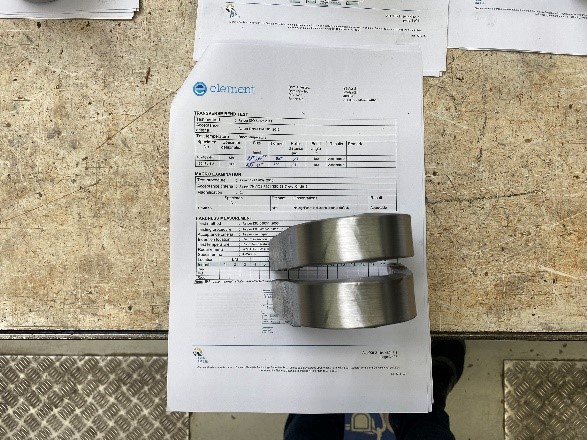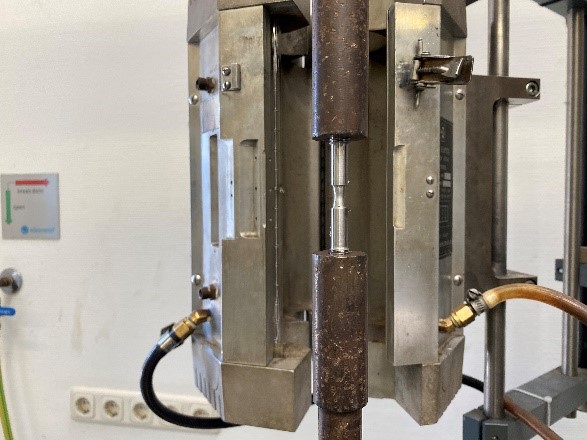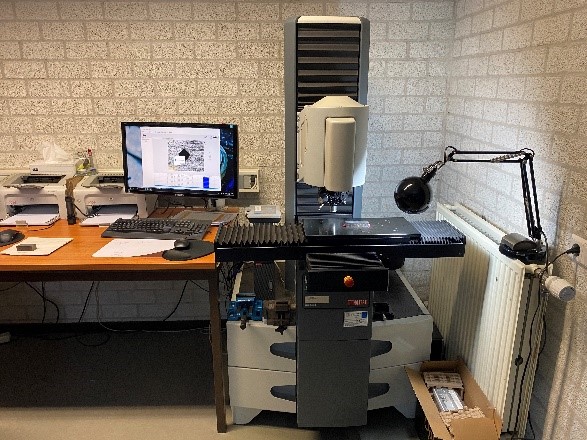1- Abstract
This article discusses about pipe and the activities to be performed under the surveillance of the Third-Party Inspection during the production process as an industrial product.
2- Introduction
The pipe is used widely to convey the liquids, gases, slurries, and powders in the oil and gas, tap water, plumbing, irrigation, pipelines, and so on. The quality and quantity parameters can be controlled by a third-party inspection agency “TPIA” to be ensured the production process and fabrication are properly carried out and the final product will comply with the requested order and related standards.
However, the pipe can be made of various materials, such as metals, ceramic, glass, plastic, PVC, concrete, etc., but in this article, it was tried to focus on the metal pipes and necessary tests, which are applied during the fabrication based on the international codes, standards or per the technical specifications, which are issued by the manufacturer to cover the customer’s requirements.
In the first part, the material control including the sub-sections was described.

3- How the Material could be controlled?
The material, which is used to produce the pipe should comply with specified codes and standards that are described in the quality and inspection plan (QCP/ITP) and reference documents. For this purpose, the sampling could be done under the presence of the third-party inspector to prepare the test coupons and specimens and performing the tests. The results of these tests are compared by the TPI representative with the acceptance criteria and acceptance limit and finally, the reviewed test reports will be submitted to the customer as proof of compliance with the used material.
3-1: Mechanical properties:
There are many tests to achieve the mechanical properties of the material, such as hardness, toughness, hardenability, yield strength, etc.

The test procedures are determined that how the material should be sampled, the specimen should be prepared and the test must be done.
The technical inspector controls the sampling and specimen preparation based on the reference document, as it will be reported along with the test result to the client.

3-1-1: Bend test
This inexpensive test is applied to determine the strength of the material. The prepared specimen is under force by a machine at a specific angle and time duration.

Depending on the ductility and soundness of the material, the coupon is to be formed in a U-shape. After the test, the outside of the specimen, which is plastically deformed, the sample is checked precisely for any crack and defects.

3-1-2: Tensile test
The tensile test is generally applied on the prepared test coupons to determine the yield strength, ultimate tensile strength, ductility, strain hardening characteristics, Young’s modulus, and Poisson’s ratio.

The tensile test is continued until the sample breaks under the positive force. The third-party inspector attends the laboratory to witness the tensile test and compare the result with the reference values.

3-1-4: Hardness Test
In this test, a prepared specimen is under specific force and time duration to determine
the hardness of a material to deformation. Moreover, the results of the test indicate useful information related to the mechanical behavior of the sampled material such as elastic modulus, plastic deformation, young modulus and so on.
There are some hardness test methods e.g., Brinell, Rockwell, Vickers, which are specified in the test procedure to be carried out. The TPI representative compares the result of the hardness test against the acceptance criteria and reports the test conditions and observations to the customer.

4- Calibration Control:
The inspector controls the validity of the measuring instruments through the calibration label and the calibration certificates, whether the measured values could be trustable or not.



